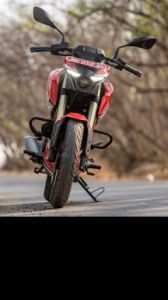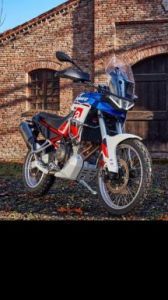 Top 8 Highlights : 2024 Jeep Wrangler Facelift Launched
Top 8 Highlights : 2024 Jeep Wrangler Facelift Launched
Yamaha Alpha: Review
- Mar 14, 2014
- Views : 101684
- 5 min read
We ride Yamaha's latest scooter offering and see whether it lives up to the family scooter tag
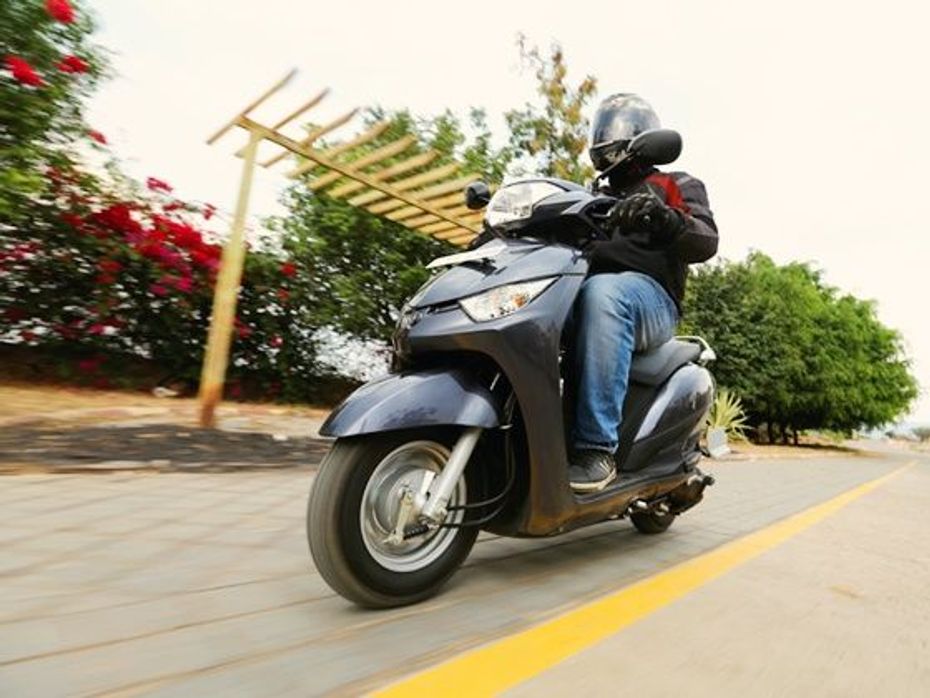
Yamaha is the last among the major manufacturers to enter the scooter segment and it seems the Japanese two-wheeler manufacturer wants to make up for lost ground. And it needs to, as the automatic scooter segment has been growing at a tremendous pace. Yamaha has also benefited since it entered the scooter segment as it sales figures have grown consistently. It commenced its scooter operations with the Yamaha Ray, which is a female-oriented scooter and later introduced the RayZ to woo the young college students. The latest entrant from the stables of Yamaha is the Alpha, which Yamaha says is a family scooter and should appeal to both the sexes. Whether it really does or not, let’s find out…
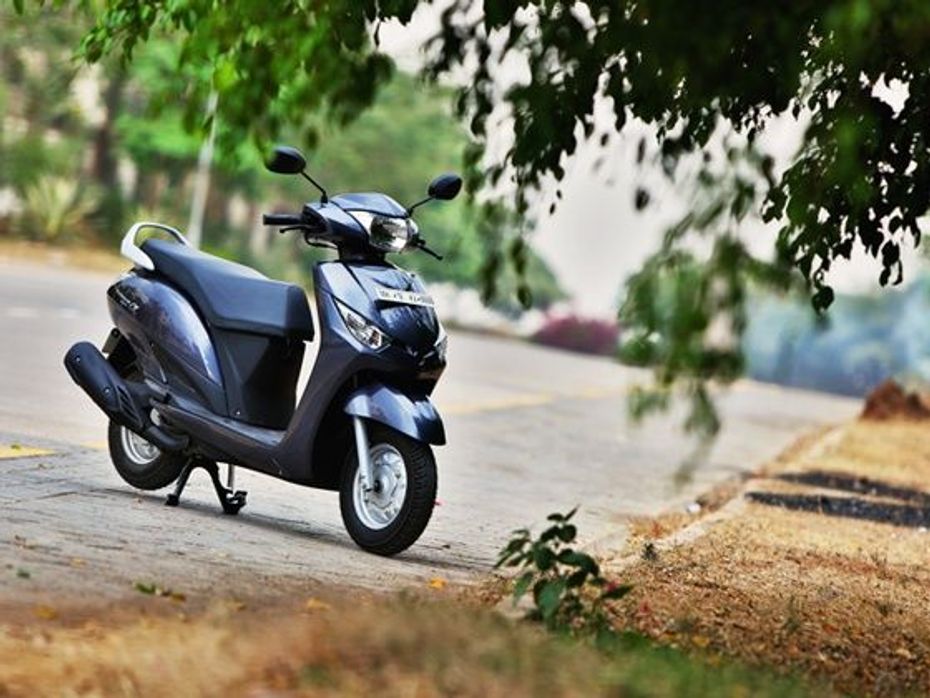
The Alpha is a more mature scooter than its Ray siblings, so instead of the sharp and lean body it adopts curvy lines and creases. While it has a typical scooter front design with handlebar mounted headlamp the sharp cut indicators with the tuning fork badge in the center add some character to the rakish front faring. The hefty mudguard and forks give the front a solid and chunky feel. The rear design of the Apha is definitely going to make it stand it apart from the rest of the scooters. The taillight has been positioned uncannily lower to the ground, while the indicators are positioned above it, which gives it a distinct rear. This design is little off-beat which may or may not be to everyone’s fancy but I personally liked it as it gives the rear a well-rounded look. The exhaust has a swept back design, which gels nicely with the profile of the scooter.
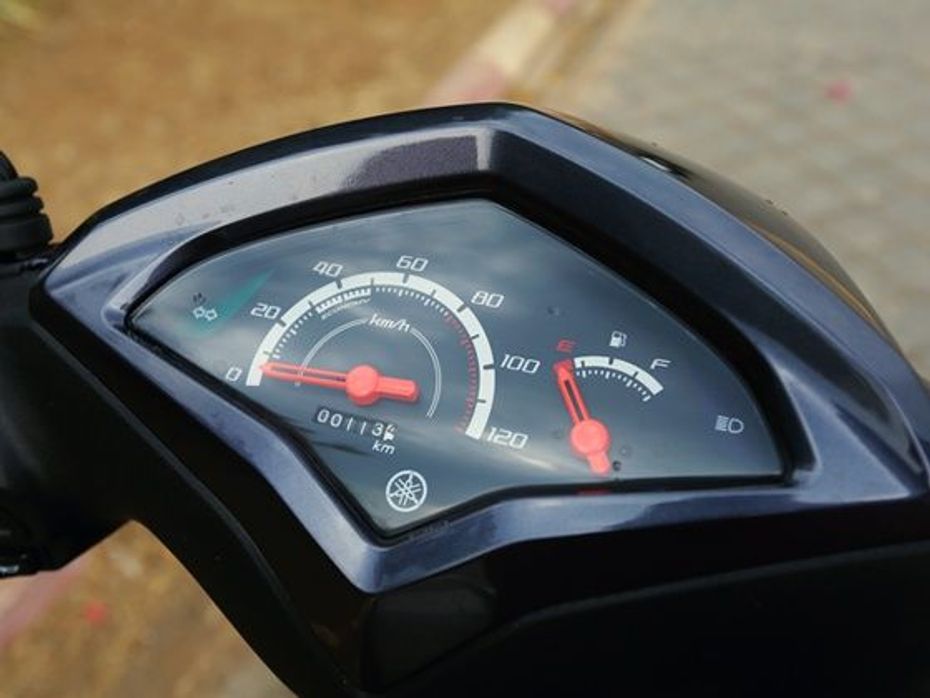
The analogue instrument cluster houses the speedometer, odometer, fuel gauge and tell-tale lights. The console is easy to read and has a nice design but the orange dials are a bit too large in size and don’t look pleasing. Switch gear quality is average and doesn’t quite live up to the expectations one has from a Yamaha. But the overall fit and finish and build quality of the scooter is nice and solid. Another grouse is the basic key hole, as opposed to most scooters in this segment that provide anti-theft key shutter. At 21 litres the under seat storage space is larger than its rivals. Sadly though, the designers haven’t utilised this space aptly and it can only accommodate a half-face helmet with additional space for storing knickknacks. The scooter also sports a rear tyre hugger, which should be beneficial in blocking the spray of water during rains. The Alpha isn’t a show-stopper and that’s fine, as it is a family oriented scooter which has a subtle and an easy on the eyes design with a dash of quirkiness at the rear.
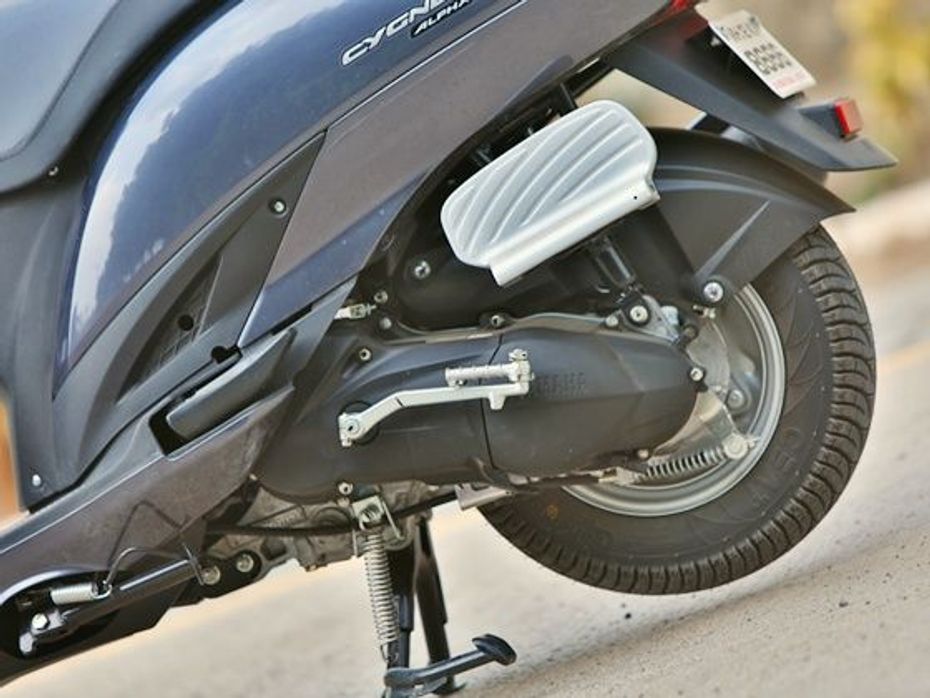
the automobile community
Powering the Alpha is the same 113cc as seen on the Ray siblings. The air-cooled motor produces 7.1PS at 7,500rpm and torque rating stands at 8.1Nm at 5,000rpm. The powerplant is peppy in nature ensuring that the scooter gets off the line effortlessly. Although the power delivery is smooth, one can feel the vibes kicking in through the floorboard at higher speeds, which is disappointing for a Yamaha mill. Power is transmitted via a CVT transmission, which performs efficiently. Apart from the engine, the Alpha also shares its underpinnings with the Ray duo with minor alterations in dimensions. The riding posture is upright and comfortable and there is ample amount of space on the floorboard. One of the highlights of the Alpha is its 800mm long seat which is not only large enough to accommodate a hefty built pillion but is also suitably cushioned. The large grab rails are nicely contoured which means pillion riders can hold them comfortably. Since the Alpha has the same wheelbase as the Ray siblings it also benefits from similar handling dynamics. The scooter changes direction effortlessly and one can negotiate tight turns with aplomb.
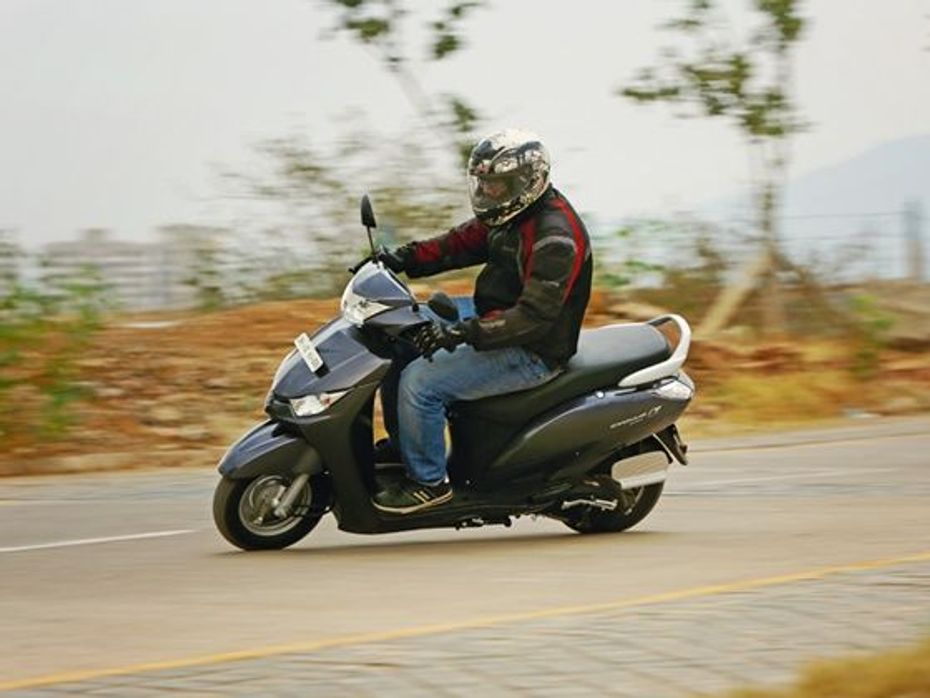
This handling characteristic is beneficial while riding on congested city roads. Another aspect that assists in its handling is its 104kg kerb weight, which makes it considerably lighter than its rivals. This lightweight characteristic also means that the scooter sits on the centre stand with ease. Our test scooter came shod with Ceat tyres that provided decent amount of grip and feedback. The Alpha employs telescopic forks at front and hydraulic suspension at rear. One might think that these specs should transpire into a supple ride quality but sadly that isn’t the case. The scooter feels stiff while negotiating broken roads and tends to bottom out over bumps with a well built pillion onboard. Braking is one of the highlights of the scooter as the 130mm diameter drum brakes at front and rear, do a great job of bringing it to a halt. Sadly though, the Alpha doesn’t come equipped with brake lock clamp, which can be felt wanting when parked on a slope.
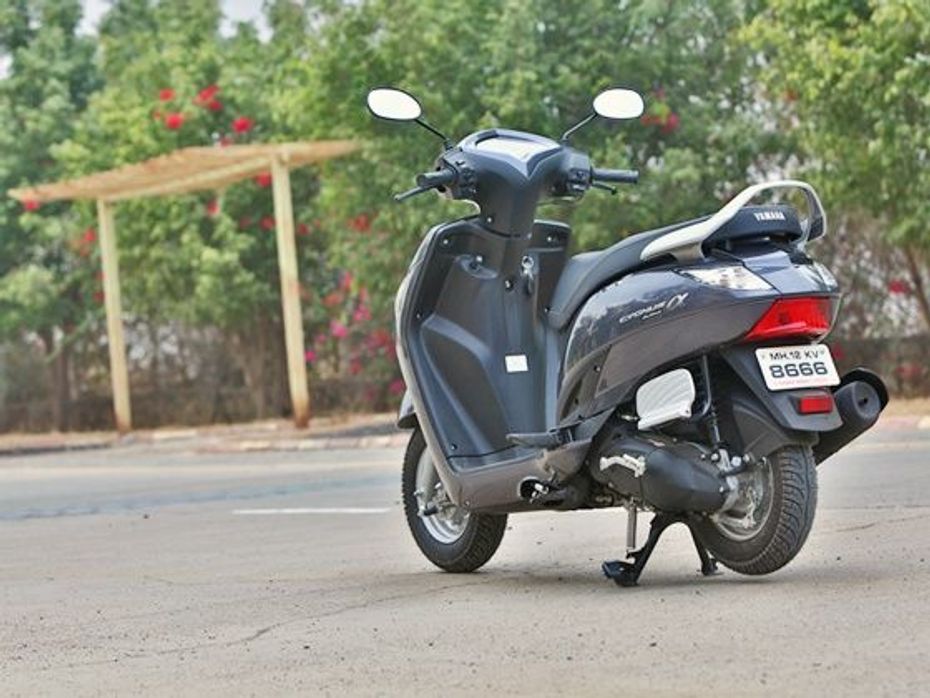
As a family scooter, the Yamaha Alpha ticks all the right boxes but it loses out on the pricing front. The Yamaha Alpha has been priced at Rs 47,395 (ex-showroom Delhi), which makes it dearer by Rs 1,411 and Rs 3,175 than arch rivals Honda Activa HET and the TVS Jupiter respectively. But that said, as a scooter itself, the Alpha scores highly in terms of handling dynamics, peppy engine and comfortable ergonomics. So if money isn’t a criterion, the Alpha is a decent candidate for your next all-round scooter.
Yamaha Alpha Alternatives
-
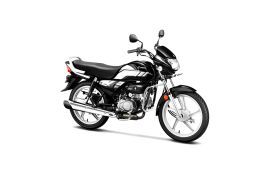 Hero HF Deluxe
Rs. 59,998
Hero HF Deluxe
Rs. 59,998 -
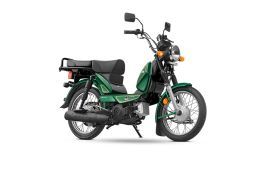 TVS XL100
Rs. 44,999
TVS XL100
Rs. 44,999 -
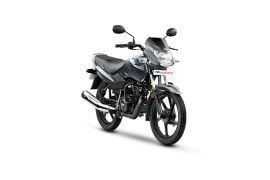 TVS Sport
Rs. 59,431
TVS Sport
Rs. 59,431 -
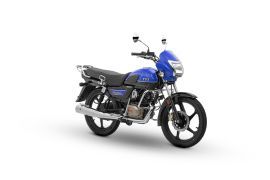 TVS Radeon
Rs. 62,405
TVS Radeon
Rs. 62,405 -
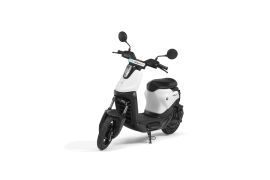 Yulu Wynn
Rs. 55,555
Yulu Wynn
Rs. 55,555
See what our community has to say! NEW
India's largest automotive community














